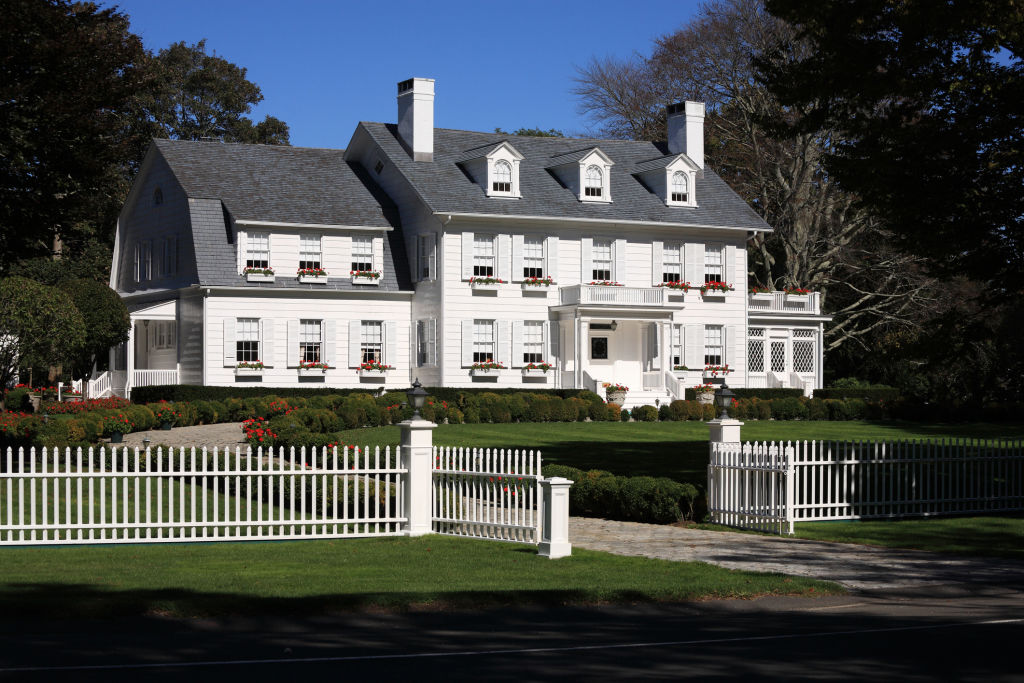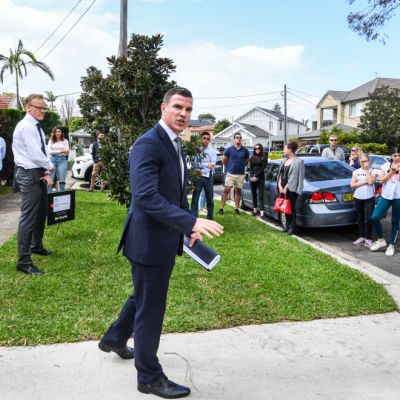Housing market bubble risk despite global pandemic recession: UBS

European cities are most at risk of a housing market bubble while Sydney prices are still overvalued, warns a new global report that predicts a price correction when stimulus measures end and suggests investors think about selling.
Although Sydney home prices are still higher than last year, with low interest rates sparking a “straw fire”, the report, released Thursday, tipped rising unemployment to put downward pressure on prices.
Munich and Frankfurt top the Global Real Estate Bubble Index for 2020, by investment bank UBS. Both cities are deemed at risk of a housing bubble.
They were followed by Toronto, Hong Kong, Paris, Amsterdam and Zurich, also in bubble risk territory.
Sydney, the only Australian city on the list, placed 16th, little changed from 15th on last year’s ranking, and is considered “overvalued”. Sydney’s housing market ranked as more overvalued than New York and Singapore.
The report comes as countries around the world have introduced emergency stimulus programs to weather the COVID-19 crisis, while central banks have slashed interest rates to historic lows.

“Home prices are a backward-looking indicator of the economy, which therefore react with a delay to economic downturns,” wrote UBS report authors Claudio Saputelli, head of Swiss and global real estate, and Matthias Holzhey, head of Swiss real estate investments.
“Governments helped home owners in many cities during the lockdown periods. Housing subsidies were increased, taxes lowered, and foreclosure procedures suspended.”
A dip in the number of transactions also made it harder to work out pricing.

Although the full impact of higher unemployment on home prices was still uncertain, the current acceleration was not sustainable, the report found, adding that some city dwellers were moving to more affordable areas to work from home.
“Rents have been falling already in most cities, indicating that a correction phase will likely emerge when subsidies fade out and pressure on household incomes increases,” UBS said.
Even in cities weathering the crisis well, the prospect of widespread capital gains seemed depleted.
“This is of particular importance for buy-to-let investors as price-to-rent ratios have reached a record-high [i.e. yields are low] and rental growth is uncertain.
“In this environment, selling properties warrants consideration, as investors are likely to find assets with better risk-return characteristics.”
Sydney real home prices are almost 50 per cent higher than in 2010, the report noted, despite swings in the past three years and a 15 per cent dip between 2018 and 2019.
“Currently, valuations are still below the peak in 2017, but easier lending standards and the RBA’s rate cuts have sparked a straw fire in the last few quarters, one that has kindled a modest but likely fleeting price recovery,” UBS wrote.
“Real prices have gone up by more than 8 per cent [since mid-2019]. But this is not the beginning of a new prolonged boom period.
“Rising unemployment and expected higher scrutiny by lenders will put downward pressure on mortgage and price growth again.
“Lower immigration and reduced investment demand from China will also weigh on housing demand.”
Sydney’s risk score was improved by a lack of excessive construction, and borrowers largely keeping up with their mortgage repayments.
The study analysed property prices in 25 major cities around the world using data from the second quarter of 2020.
Another report on Thursday found Sydney and Melbourne home values fell in September, but rose in all other cities. Overall the pace of declines slowed, CoreLogic research found, amid low interest rates and few homes for sale.
We recommend
States
Capital Cities
Capital Cities - Rentals
Popular Areas
Allhomes
More










